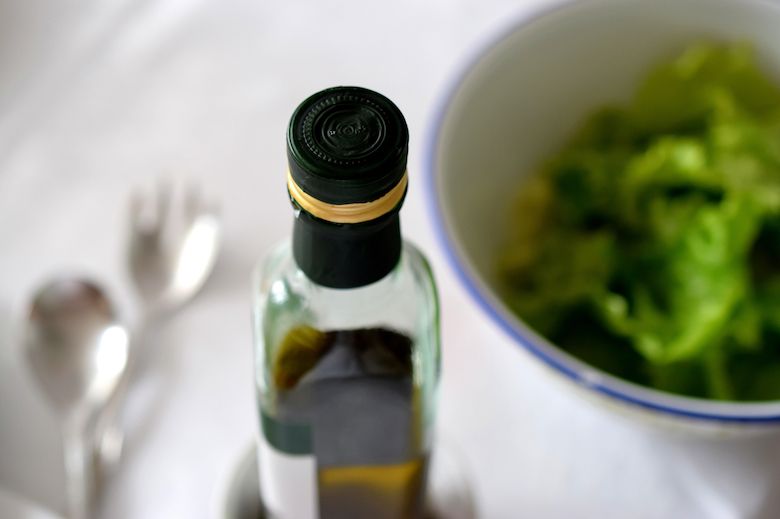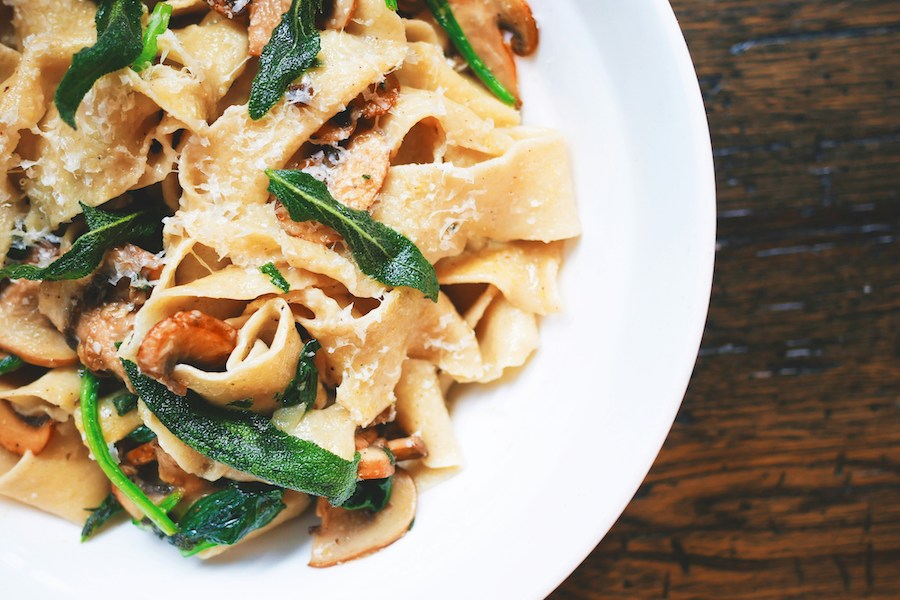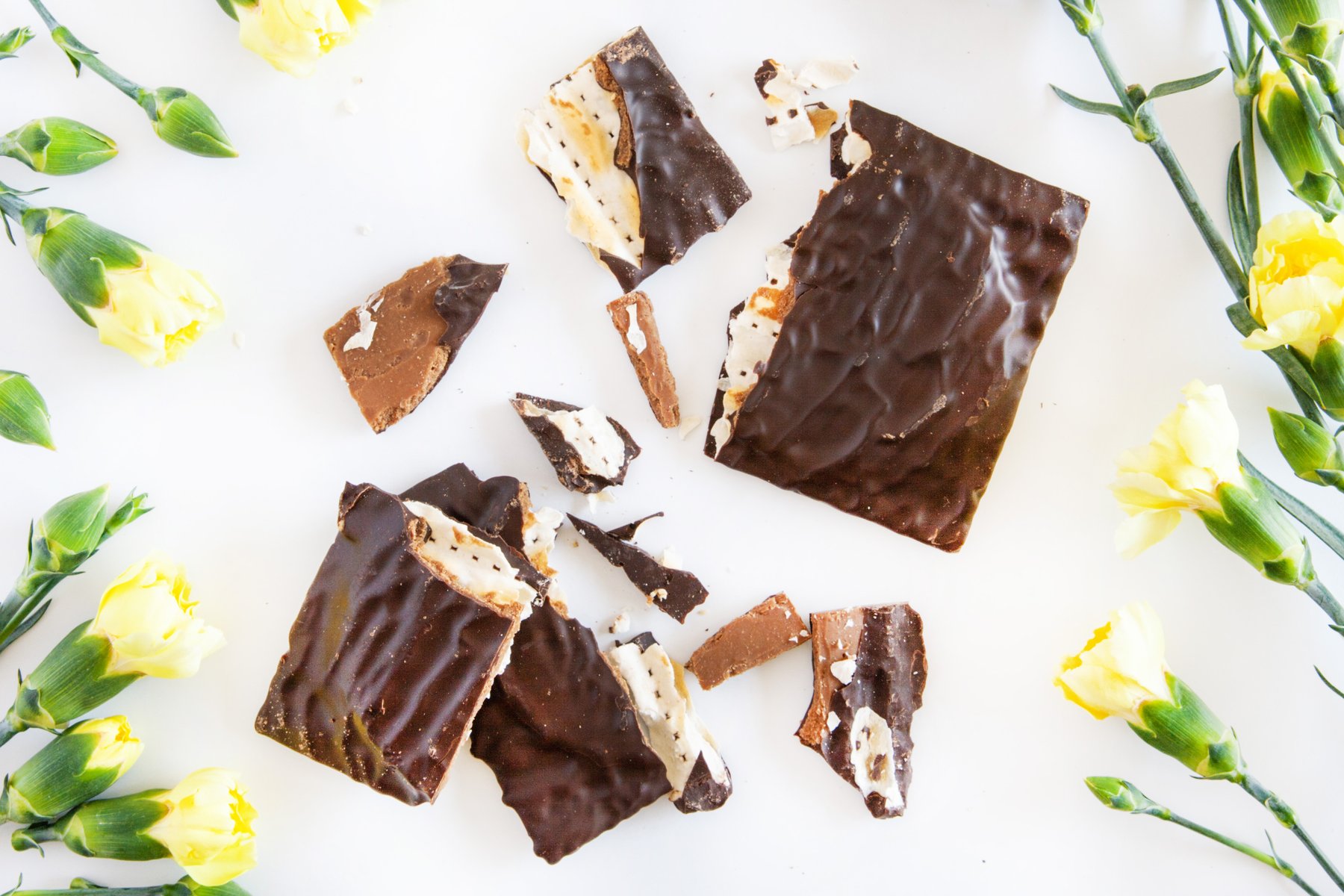With all the options on the market today, choosing a type of cooking oil can be a little confusing. So, as Young MC would say, I’m here to break it down for ya, fellas. (What? You don’t know who Young MC is?!) This simple guide to cooking oils can help you decide which oil to use depending on what you’re cooking, your taste preferences, and even your health concerns. The guide hones in on the top oils found in most home pantries, so sorry squash seed oil. Maybe next time.
Related: 11 smart, easy ways to use salt to become a better cook.
A guide to cooking oils: The what, how, and when

Jason Lee | The New York Times
Before we get to the list, we need to talk about smoke point. An oil’s smoke point is the temperature at which the oil starts to break down, also known as the temperature at which your pan starts smoking and you frantically run to open a window. An oil with a higher smoke point should be used for things like frying or high-heat searing because it can withstand high temperatures without burning—or setting off your fire alarm.
Related: 12 reasons coconut oil is the most useful think in your kitchen.
Extra-Virgin Olive Oil
• Flavor & profile: Fancy descriptors include grassy, fruity, earthy, and peppery. EVOO is high in heart-healthy mono-unsaturated fats (shown to lower LDL—aka “bad”— cholesterol).
• Smoke point: Relatively low (320°), so don’t use for high heat cooking
• Best uses: Dressing, dipping, adding to already cooked foods
• Good to know: Heat can quickly ruin the much-loved, nuanced flavor of EVOO, so it’s a waste of money to be cooking with the good stuff. Buy an inexpensive bottle of regular olive oil for most of your cooking and save the EVOO for dressing, drizzling, or finishing a dish. Store at room temperature away from light and heat.
Olive Oil
• Flavor & profile: The flavor of olive oil varies greatly, and really depends on the type;unfortunately, there is no standard or regulation of supermarket olive oils.
• Smoke point: Varies, but much higher than EVOO
• Best uses: General cooking like sautéing, stir-frying, grilling
• Good to know: Don’t be fooled by light olive oil, which has nothing to do with calories or fat, but rather the color. Always use regular olive oil instead of EVOO for cooking.
Canola or Vegetable Oil
• Flavor & profile: Both of these have a neutral taste and are low in saturated fat.
• Smoke point: High (around 400°)
• Best uses: High heat cooking, frying, baking
• Good to know: The reality is that these oils are often extracted in unnatural ways. If chemically treated oil worries you, look for expeller-pressed. And don’t fret if you only have canola and your baking recipe calls for vegetable oil; the two are interchangeable. Also, sometimes I use a mixture of butter and olive oil in place of canola oil. Apparently there’s no science behind this, but when used together I find I can heat things a bit higher without burning. Plus, the combo tastes delicious!

Coconut Oil
• Flavor & profile: There are two categories of coconut oil: virgin and refined. Extracted from coconut meat, virgin coconut oil tastes like (surprise!) coconut. Refined coconut oil has a more neutral taste and aroma.
• Smoke point: Medium (for virgin) to medium-high (for refined, which smokes at around 350°)
• Best uses: As a nondairy substitute in baking and vegan cooking, as a substitute for olive oil when sautéing seafood and vegetables
• Good to know: Coconut oil is solid at room temperature, so many recipes will call for you to melt it first. If you’re interested in cooking more with coconut oil, check out this in-depth article on all things coconut from our friends at Epicurious. The health takeaway? As we understand the research, the healthy halo around coconut oil these days is up for debate. Though it’s easier to find ones that are not made with partially hydrogenated coconut oil, which contain trans fats, and we know that not all saturated fat is bad for us, it’s true that coconut oil is okay in moderation. But, still, some brands use a lot of chemicals in the refining process (so do some research if that concerns you), and many olive oils are still a healthier option.
Sesame Oil
• Flavor & profile: There are two categories of sesame oil: light and dark (or toasted). Dark sesame seed oil is darker in color and richer in flavor.
• Smoke point: Low (for dark) to high (for light, which smokes at around 400°)
• Best uses: Light is good for frying and sautéing, dark is better for quick stir-frys and dressings
• Good to know: Sesame seed oil is rich in polyunsaturated fats (the “good” kind) and vitamin E, an antioxidant.
Avocado Oil
• Flavor & profile: This oil has a mild avocado flavor when eaten raw and a neutral flavor once cooked.
• Smoke point: High (between 450 and 500°)
• Best uses: Sautéing, flavoring a dish, you can even try it in a smoothie!
• Good to know: Avocado oil is climbing the popularity ranks–right alongside coconut oil–in both cooking and skincare. Although it’s widely available in most supermarkets, you’ll pay slightly more than your average bottle of extra-virgin olive oil.
Nut oils: Walnut and hazelnut
• Flavor & profile: These have a delicate flavor that is the essence of the nut from which it’s extracted.
• Smoke point: Low, so do not use these oils for cooking
• Best uses: Salad dressings, drizzling on finished dishes
• Good to know: These oils are rich in minerals, omega-3s, and tend to be rather expensive. They are also more perishable than the others, with a shorter shelf life. Always store nut and seed oils in the refrigerator.







LDL is the bad cholesterol, not HDL.
Yes, Jenelle, you’re right—we had gotten it mixed up. Thanks for calling this out. Fixed now!